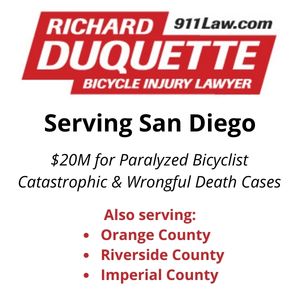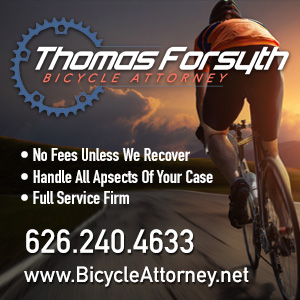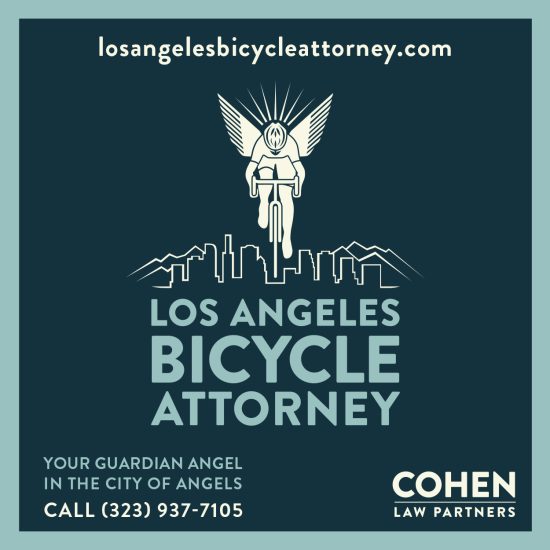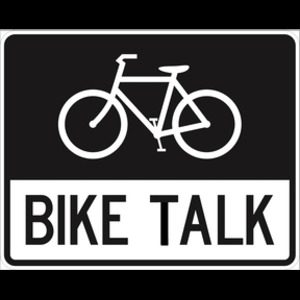Now we’re getting somewhere.
Last year, Glendale-area state Assembly Member Mike Gatto sponsored successful legislation to extend the statute of limitations in hit-and-run cases from three to six years.
The bill was stronger as originally written, though, providing an additional year from the date a suspect was identified. Still, the final version that passed the legislature on a unanimous vote of both houses was signed by Governor Brown — which is not always a sure thing — and went into effect on the first of the year.
Now Gatto is taking the next step in ending the epidemic of hit-and-and run.
According to a press release from his office, which does not appear to be online yet, Gatto has introduced legislation calling for automatic license revocation for any motorist who leaves the scene of a collision involving another person — even if the injuries are minor.
That’s revocation, not suspension.
(Update: Actually, it’s not. See below.)
As such, it goes beyond the 2010 Life Before License campaign sponsored by the apparently dormant Bikeside LA, which called for license suspensions of varying length depending on the severity of the victim’s injuries. Because too often, drivers are allowed to keep their licenses after fleeing the scene, even in cases where the victim has been seriously injured.
And it corrects, in part at least, a loophole in California law that only allows serious consequences in cases resulting in death or serious bodily injury.
Even then, hit-and-run drivers too often walk off with a slap on the wrist. And their license.
“The only way to know if you hurt someone is to stop. The only way to get someone medical help is to stop,” said Assemblyman Gatto. “Allowing drivers who don’t stop to keep their license, adds insult to their victim’s injuries.” …
“AB 1532 will give victims of hit-and-runs solace, knowing that cowards who drive recklessly, and purposefully avoid responsibility for their actions, are no longer driving the streets,” said Assemblyman Gatto. “This is a sensible fix to the law that will lead people to think twice before leaving the scene of an accident.”
It’s not the full solution to hit-and-run.
But it’s something I’ve long called for to discourage drivers from fleeing the scene, and get drivers who’ve shown they can’t obey the most basic requirements for driving — let alone human decency — off the road.
We still need to address the fact that current law actually encourages drivers who have been drinking to flee the scene until they have time to sober up. As well as the fact that unless their vehicle is taken away, many motorists will continue to drive after their licenses have been taken away.
And again, with little or no consequences in far too many cases.
But Gatto’s bill is a vital step to control, if not end, the epidemic. And get some of the state’s most dangerous and heartless drivers off the road.
As Eric Bruins, Planning and Policy Director for the Los Angeles County Bicycle Coalition, noted,
“Stopping and rendering aid after a collision is the most basic duty of a motorist. … Failing to do so can be the difference between scrapes and bruises and a serious injury or fatality. Anyone who flees the scene of an accident has demonstrated in the most cowardly way possible that they do not have the judgment necessary to keep their driving privileges.”
Update: Now that the bill has been posted online, it’s clear that the press release was misleading, at best. Rather than calling for revocation, as the press release stated, it would merely require that drivers who leave the scene have their licenses suspended for 6 months.
As such, it’s still a step forward, if a relatively small one. It’s not as strong as what was called for under Life Before License, and a lot weaker than what I’ve been calling for; whoever wrote Gatto’s press release should know there’s a big difference between suspension and revocation.
The bill would also amend current law to require that drivers who hit a person would be required to stop at the scene, rather than at the nearest location that would not impede traffic.
The current provision has been abused by drivers who would leave the scene, then turn themselves in hours later with no penalty.
Thanks to Alex H for the correction.
……….
The press release also notes that Damian Kevitt — the cyclist critically injured in a hit-and-run when a minivan driver dragged him onto the 5 Freeway after running him over near Griffith Park nearly a year ago — is planning to finish the ride that took his leg.
And nearly, his life.
Other hit-and-run victims are continuing the healing process. Damian Kevitt was struck by a mini-van while on his bicycle and dragged more than a quarter-mile down the Interstate 5 Freeway in Los Angeles last February. The collision resulted in dozens of broken bones and the amputation of one of Kevitt’s legs. Kevitt recently announced that he will be finishing the ride he started last year at an event on April 27, 2014 to raise awareness for hit-and-run victims and challenged athletes.
The suspect who hit him remains at large, despite a $25,000 reward. You can contribute to Damian’s efforts to raise $10,000 for the Challenged Athletes Foundation.
Seriously, I’m in awe of that guy.
……….
In a somewhat related, and horrifying, story, a Wisconsin driver faces charges for allegedly running down an adult tricycle rider, then fleeing the scene with his victim still lodged in his windshield. Fortunately, the rider wasn’t seriously injured, and managed to free himself after the driver arrived home, reports the StarTribune.
A Wisconsin man who became lodged in the windshield of a car that struck him said he turned to the driver and said, “Hello, I’m the guy you hit on the bicycle.” …
The man finally noticed Gove when he stopped the car outside his home.
“He looked at me and said ‘Who are you? What are you doing in the car?'” Gove said. “He started freaking out: ‘I’m going to jail, I’m going to jail.'”
Thanks to Michael McVerry for the heads-up.
……….
A 79-year old Glendora cyclist is critically injured when he’s left-crossed by an 86-year old driver.
Meanwhile, a 19-year old Temecula man faces nine years in prison after reaching a plea bargain on charges that he fled the scene after hitting a stopped car, then ran a red light to strike another car and a bike rider in a crosswalk; the cyclist survived, but the other driver died several days later.
And if you can get past the paywall, the OC Register’s David Whiting asks if the death of his friend means we should give up sharing the road.
That would be no.
For all the bad news — and yes, there’s been far too much lately — your risk of dying on a bike is an infinitesimal one in 6.3 million. You also face twice as much risk inside a car as you do on a bike, on an hourly basis. And research shows the health benefits of bicycling far outweigh any risks.
I write about the bad things that happen because every fallen rider deserves to be remembered, and even one victim is one too many. And because someone has to wake up our civic leaders to the need for greater safety for everyone on our streets.
Don’t let that scare you off your bike, though.
Because bad things may happen. But they’re highly unlikely to happen to you.
……….
LADOT unveils the next round of planned bike lanes throughout the city. Assuming anti-bike city councilmembers don’t block them, that is.
Meanwhile, the city officially unveiled new bike lanes on Virgil Ave. And LADOT introduces People St to help rebuild our city on a more human scale.
……….
Bike share programs around the US and Canada have been called into question, as the company behind many of the leading programs has filed bankruptcy. Hopefully, Bixi’s financial problems will be just a bump in the road for cities like New York and Chicago, though Time Magazine isn’t very hopeful.
Thanks to Michael Eisenberg for the tip.
………
Flying Pigeon looks at last weekend’s successful Tweed Ride.
………
Finally, the National Business Review asks what you’d do if you knew how to stop bicycling deaths; evidently, the answer is not much, based on experience in Auckland. And Tennessee sheriff’s deputies threaten a bike rider with arrest after he’s assaulted by teenagers, even though they confessed to the crime; thanks to Charles Hudak for the link.
Like this:
Like Loading...








